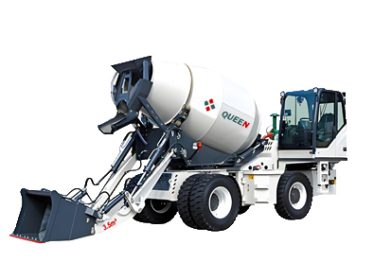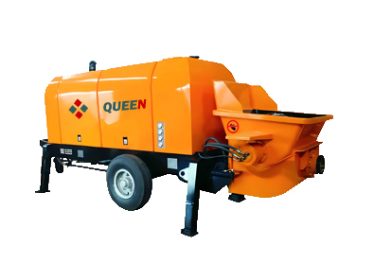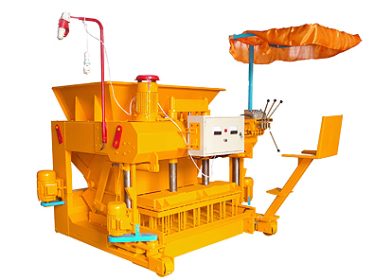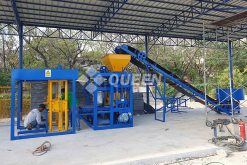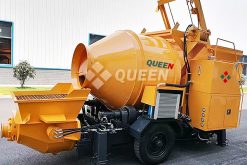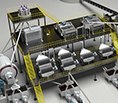The Importance of Raw Material Analysis in Brick Making
 queenbrick
queenbrick
 June 4, 2025
June 4, 2025
If you want to know more details about equipment, solutions, etc, please click the button below for free consultation, or leave your requirements!
Raw material analysis plays a vital role in the brick manufacturing process. By examining the mineral composition and physical properties of materials, manufacturers can implement appropriate process adjustments to ensure the final bricks meet performance and durability standards.
Understanding what’s in your raw materials helps prevent defects, improve efficiency, and produce high-quality bricks consistently.
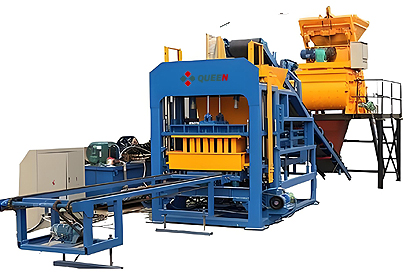
01Why Analyze Raw Materials for Brick Production?
BackMineralogical analysis reveals how raw materials will behave during molding, drying, and firing. Certain minerals can enhance or hinder the brick’s structural integrity, frost resistance, and dimensional stability.
Let’s look at some key examples:
1. Feldspar: Impacts Frost Resistance
Effect: Feldspar reduces frost resistance in bricks.
Critical Threshold: If feldspar content exceeds 15%, the bricks lose frost resistance, making them unsuitable for cold or wet climates.
Action: Reduce or blend feldspar-rich materials with more frost-resistant components.
2. Montmorillonite (High-Plasticity Clay)
Effect:
Extremely high water absorption.
Causes intense expansion when wet and strong shrinkage during drying.
Results in severe cracking in the green body (unfired brick).
Line Shrinkage: Typically between 13% and 23%.
Critical Threshold: When montmorillonite content reaches 20%, drying cracks become unavoidable.
Action: Use with caution or modify mix with stabilizers to reduce cracking.
3. Bentonite as a Binder in Fly Ash Bricks
Function: Bentonite, a clay rich in montmorillonite, has high plasticity and binding power.
Application: Often used in small amounts as a binder for producing high-quality fly ash bricks.
Benefit: Enhances moldability and cohesion in bricks with low-plasticity raw materials like fly ash.
02Conclusion
BackAnalyzing the mineral content of raw materials is essential to:
Prevent product defects (e.g., cracking, poor frost resistance)
Adjust formulations for different brick types (e.g., solid, hollow, fly ash bricks)
Improve production efficiency and product durability
By identifying problematic minerals early, manufacturers can modify raw material mixes or processing techniques to ensure consistent, high-quality brick production.
 +86 19137934740
+86 19137934740 queenmachinery@gmail.com
queenmachinery@gmail.com



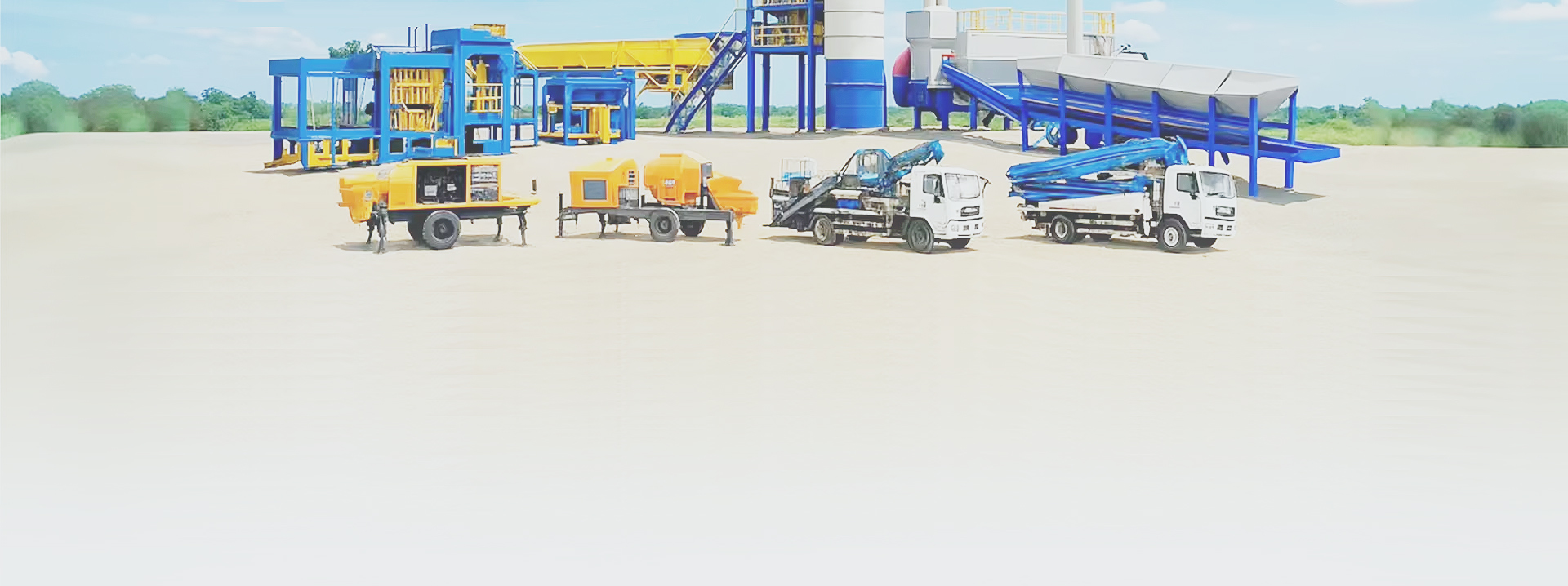
 Message
Message Chat Now
Chat Now


